The tumor as an organ: comprehensive spatial and temporal modeling of the tumor and its microenvironment
- PMID: 27553370
- PMCID: PMC4995621
- DOI: 10.1186/s12859-016-1168-5
The tumor as an organ: comprehensive spatial and temporal modeling of the tumor and its microenvironment
Abstract
Background: Research related to cancer is vast, and continues in earnest in many directions. Due to the complexity of cancer, a better understanding of tumor growth dynamics can be gleaned from a dynamic computational model. We present a comprehensive, fully executable, spatial and temporal 3D computational model of the development of a cancerous tumor together with its environment.
Results: The model was created using Statecharts, which were then connected to an interactive animation front-end that we developed especially for this work, making it possible to visualize on the fly the on-going events of the system's execution, as well as the effect of various input parameters. We were thus able to gain a better understanding of, e.g., how different amounts or thresholds of oxygen and VEGF (vascular endothelial growth factor) affect the progression of the tumor. We found that the tumor has a critical turning point, where it either dies or recovers. If minimum conditions are met at that time, it eventually develops into a full, active, growing tumor, regardless of the actual amount; otherwise it dies.
Conclusions: This brings us to the conclusion that the tumor is in fact a very robust system: changing initial values of VEGF and oxygen can increase the time it takes to become fully developed, but will not necessarily completely eliminate it.
Keywords: Biological systems; Computational models; Statecharts; Tumor and its microenvironment; Visualization.
Figures

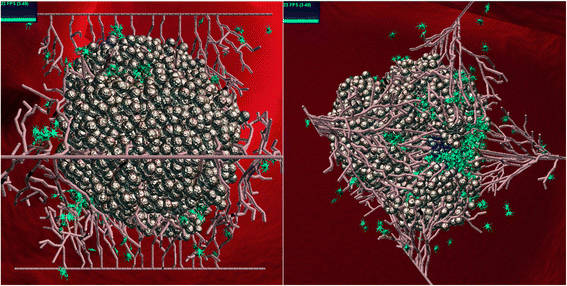






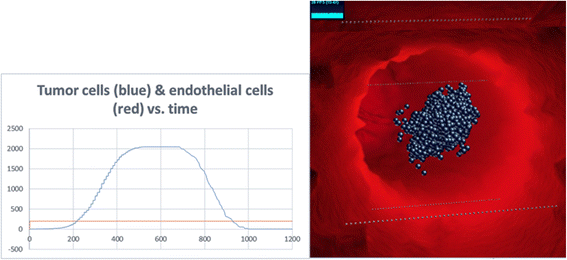
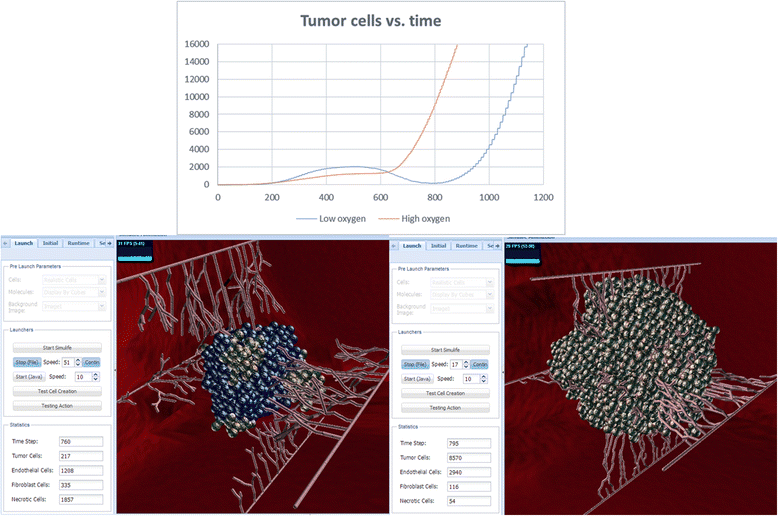

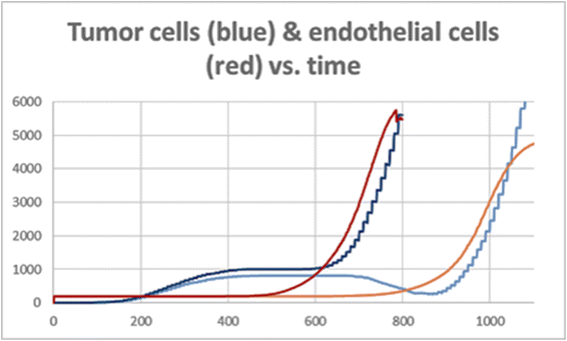
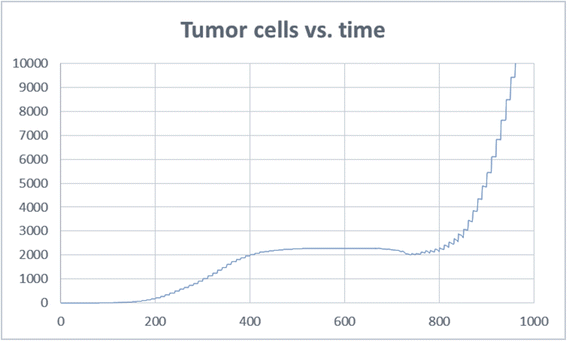
References
MeSH terms
Substances
LinkOut - more resources
Full Text Sources
Other Literature Sources
Miscellaneous

